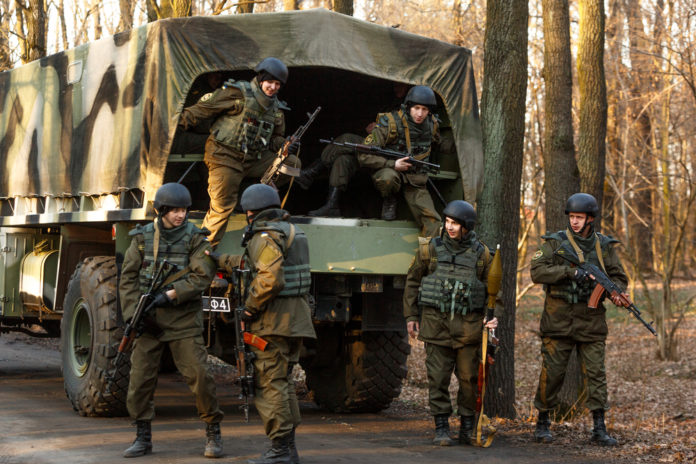Ukraine is outmanned and outclassed across the board, thanks to Russian President Vladimir Putin’s massive military spending and modernisation.
According to Western officials, Russia put up to 190,000 soldiers on Ukraine’s border, far more than Ukraine’s whole national force of 125,600.
The Russian military is attempting to cross the border in a number of places already.
Defending Ukraine’s border, which spans from Belarus in the northwest to Crimea in the south, will be challenging.
The genuine dividing line between the Russian and Ukrainian military, on the other hand, is in the sky.
According to Mr. Watling, Ukraine has 105 fighter jets on the border, while Russia has 300. He expected that the Russians would quickly gain air superiority.
Russia’s military also benefits from its formidable missile systems, such as the S-400 missiles. Ukraine’s air defenses, on the other hand, are older and more limited.
Mr. Watling cites Israel as an example of a country capable of defending itself against a variety of threats. He claims, however, that it has only been able to do so because of its air superiority. That is something Ukraine simply does not have.
Moscow has developed its own kind of shock and awe, according to Ben Barry, which incorporates integrated air, missile, and long-range rocket artillery.
It allows Russia to attack Ukraine’s command and control centers, ammunition depots, air force, and air defenses from afar. With cruise missile strikes on sites near Kyiv’s capital, this looks to have already begun.
Mr. Watling says that Russia has a large stockpile of contemporary weaponry and capabilities that Ukraine lacks, such as the Iskander cruise and cruise missile systems.
Mr. Watling believes that any other stance would hinder Ukraine’s army from rotating and relocating to counter the Russian attack.
Many of Ukraine’s best-trained and armed battalions are in the country’s east, between the Luhansk and Donetsk sovereignty lines, where combat has raged since 2014.
